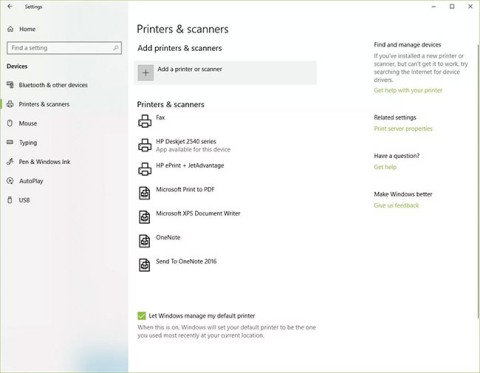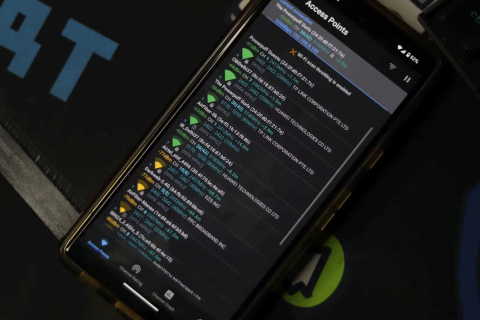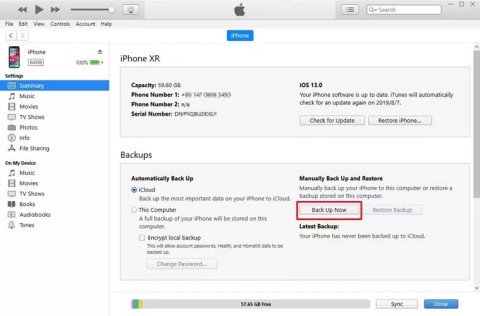Comment récupérer laccès au disque dur, corriger lerreur dimpossibilité douvrir le disque dur
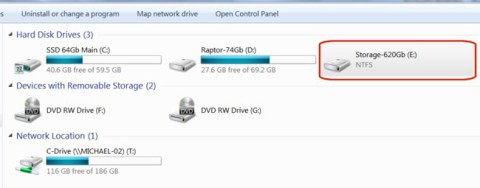
Dans cet article, nous vous expliquerons comment récupérer l'accès à votre disque dur en cas de panne. Suivez-nous !
The article tested 3 different passwords with an open source password cracking tool to find out which method really works when it comes to password security.
Table of Contents

When you create an account with an online service, the provider typically encrypts your login information on their servers. This is done using an algorithm to create a “hash,” a seemingly unique random string of letters and numbers for your password. Of course, it’s not actually random, but a very specific string of characters that only your password could generate, but to the untrained eye, it looks like a jumbled mess.
It's much faster and easier to turn a word into a hash than to "decode" the hash back into a word. So when you set up a password, the service you're logging into will run your password through the hash and store the result on their servers.
If this password file is leaked, hackers will try to find out its contents by cracking the passwords. Since encrypting passwords is faster than decrypting them, hackers will set up a system that takes potential passwords as input, encrypts them using the same method as the server, and then compares the results to the password database.
If the hash of a potential password matches any entry in the database, the hacker knows that every attempt matches the potential password tried.
Let’s try cracking some of the passwords this article has generated to see how easy it is. To do this, we’ll use Hashcat , a free and open source password cracking tool that anyone can use.
For these tests, the example will crack the following passwords:
Now, let's encrypt the passwords using MD5. Here's how the passwords would look if they were in a saved password file:
Now, it's time to crack them.
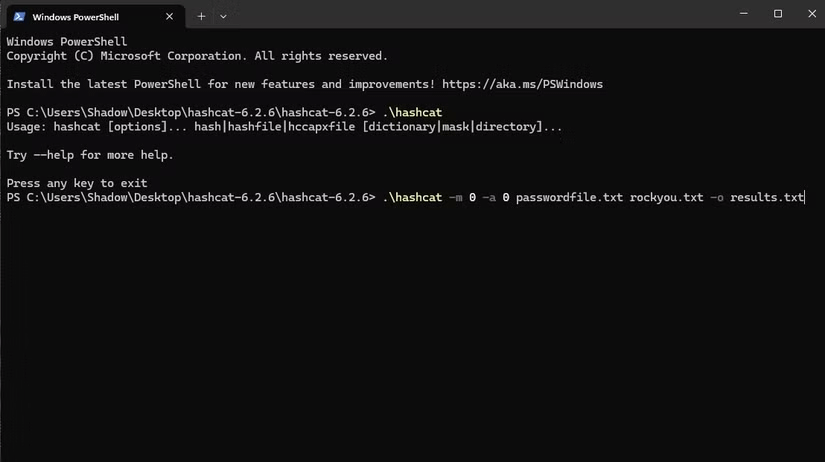
To start, let's perform a Dictionary Attack, one of the most common password attack methods. This is a simple attack where a hacker takes a list of potential passwords, asks Hashcat to convert them to MD5, and sees if any of them match the three entries above. For this test, let's use the file "rockyou.txt" as our dictionary, which was one of the largest password leaks in history.
To start cracking, the author of the article went to the Hashcat folder, right-clicked on an empty space and clicked Open in Terminal . Now that the Terminal was open and set to the Hashcat folder, invoked the Hashcat application with the following command:
.\hashcat -m 0 -a 0 passwordfile.txt rockyou.txt -o results.txtHere is what the command does:
Despite the large size of rockyou, Hashcat processed all of them in 6 seconds. In the resulting file, Hashcat says it cracked the password 123456, but the passwords Susan and Bitwarden were not cracked. This is because 123456 was used by someone else in the rockyou.txt file, but no one else used the passwords Susan or Bitwarden, meaning they were secure enough to survive this attack.
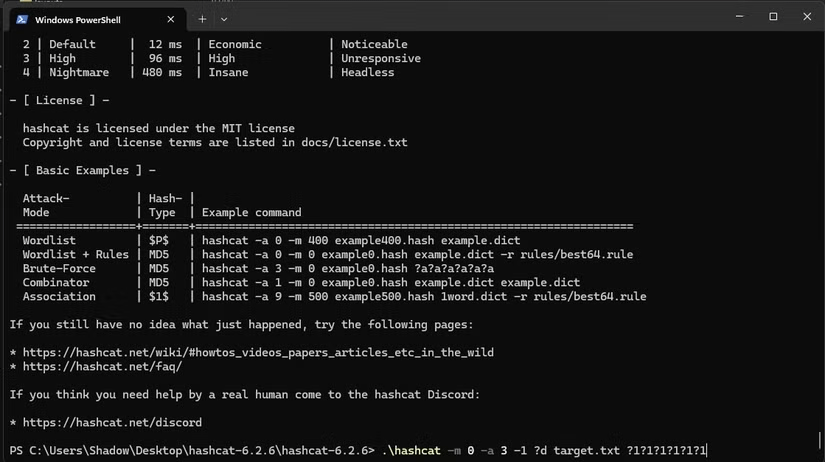
Dictionary Attacks are effective when someone uses the same password as one found in a large password list. They are quick and easy to perform, but they cannot crack passwords that are not in the dictionary. Therefore, if you really want to test your password, you need to use Brute Force attacks.
While Dictionary Attacks are just taking a pre-set list and switching them one by one, Brute Force attacks do the same but with every conceivable combination. They are harder to execute and take longer, but they will eventually crack any password. As we will soon see, that can sometimes take a very long time.
Here is the command used to perform a "real" Brute Force attack:
.\hashcat -m 0 -a 3 target.txt --increment ?a?a?a?a?a?a?a?a?a?a -o output.txtHere is what the command does:
Even with this terrible mask, the password 123456 is cracked in 15 seconds. Despite being the most common password, it is one of the weakest.
The password "Susan48!" is much better - the computer says it will take 4 days to crack. However, there is a problem. Remember when the article said that Susan's password had some serious flaws? The biggest flaw is that the password is constructed in a predictable way.
When we create passwords, we often put specific elements in specific places. Imagine the password creator Susan tried using “susan” at first but was asked to add a capital letter and a number. To make it easier to remember, they capitalized the first letter and added the numbers at the end. Then, perhaps a login service asked for a symbol, so the password creator tacked it on at the end.
So, we can use a mask to tell Hashcat to only try specific characters in specific places to exploit how easy it is for people to guess passwords. In this mask, "?u" will only use uppercase letters in that place, "?l" will only use lowercase letters, and "?a" represents any character:
.\hashcat -m 0 -a 3 -1 ?a target.txt ?u?l?l?l?l?a?a?a -o output.txtWith this mask, Hashcat cracked the password in 3 minutes and 10 seconds, much faster than 4 days.
The Bitwarden password is 10 characters long and doesn't use any predictable patterns, so it took a Brute Force attack without any masks to crack it. Unfortunately, when asking Hashcat to do so, it gave an error saying that the number of possible combinations exceeded the integer limit. The IT security expert said that the Bitwarden password would take 3 years to crack, so that was good enough.
The main factors that prevent the article from cracking a Bitwarden password are its length (10 characters) and unpredictability. Therefore, when creating a password, try to make it as long as possible and distribute symbols, numbers, and uppercase letters evenly throughout the password. This prevents hackers from using masks to predict the location of each element and makes it much harder for them to crack.
You're probably familiar with the old password adages like "use a character array" and "make it as long as possible." Hopefully, you know why people recommend these helpful tips—they're the key difference between an easy-to-crack password and a secure one.
Dans cet article, nous vous expliquerons comment récupérer l'accès à votre disque dur en cas de panne. Suivez-nous !
À première vue, les AirPods ressemblent à n'importe quel autre écouteur sans fil. Mais tout a changé avec la découverte de quelques fonctionnalités peu connues.
Apple a présenté iOS 26 – une mise à jour majeure avec un tout nouveau design en verre dépoli, des expériences plus intelligentes et des améliorations des applications familières.
Craving for snacks but afraid of gaining weight? Dont worry, lets explore together many types of weight loss snacks that are high in fiber, low in calories without making you try to starve yourself.
Rest and recovery are not the same thing. Do you really need rest days when you schedule a workout? Lets find out!
Les étudiants ont besoin d'un ordinateur portable spécifique pour leurs études. Il doit être non seulement suffisamment puissant pour être performant dans la filière choisie, mais aussi suffisamment compact et léger pour être transporté toute la journée.
L'ajout d'une imprimante à Windows 10 est simple, bien que le processus pour les appareils filaires soit différent de celui pour les appareils sans fil.
Comme vous le savez, la RAM est un composant matériel essentiel d'un ordinateur. Elle sert de mémoire pour le traitement des données et détermine la vitesse d'un ordinateur portable ou de bureau. Dans l'article ci-dessous, WebTech360 vous présente quelques méthodes pour détecter les erreurs de RAM à l'aide d'un logiciel sous Windows.
Refrigerators are familiar appliances in families. Refrigerators usually have 2 compartments, the cool compartment is spacious and has a light that automatically turns on every time the user opens it, while the freezer compartment is narrow and has no light.
Wi-Fi networks are affected by many factors beyond routers, bandwidth, and interference, but there are some smart ways to boost your network.
Si vous souhaitez revenir à la version stable d'iOS 16 sur votre téléphone, voici le guide de base pour désinstaller iOS 17 et rétrograder d'iOS 17 à 16.
Le yaourt est un aliment merveilleux. Est-il bon de manger du yaourt tous les jours ? Si vous mangez du yaourt tous les jours, comment votre corps va-t-il changer ? Découvrons-le ensemble !
Cet article présente les types de riz les plus nutritifs et comment maximiser les bienfaits pour la santé du riz que vous choisissez.
Établir un horaire de sommeil et une routine de coucher, changer votre réveil et ajuster votre alimentation sont quelques-unes des mesures qui peuvent vous aider à mieux dormir et à vous réveiller à l’heure le matin.
Get Bathroom Tower Defense Roblox game codes and redeem them for exciting rewards. They will help you upgrade or unlock towers with higher damage.





